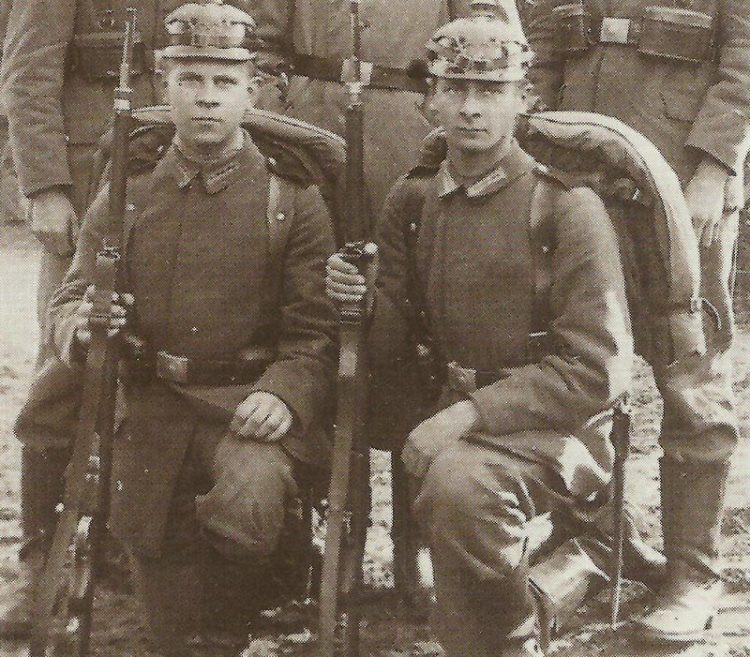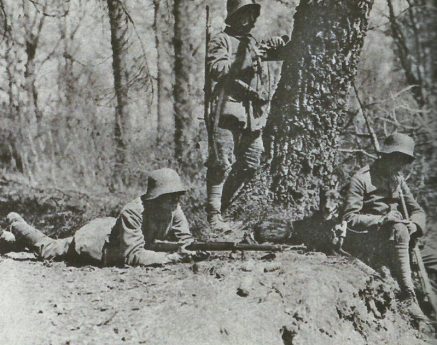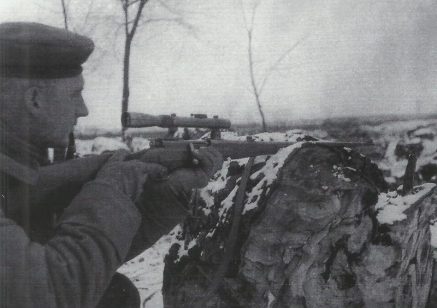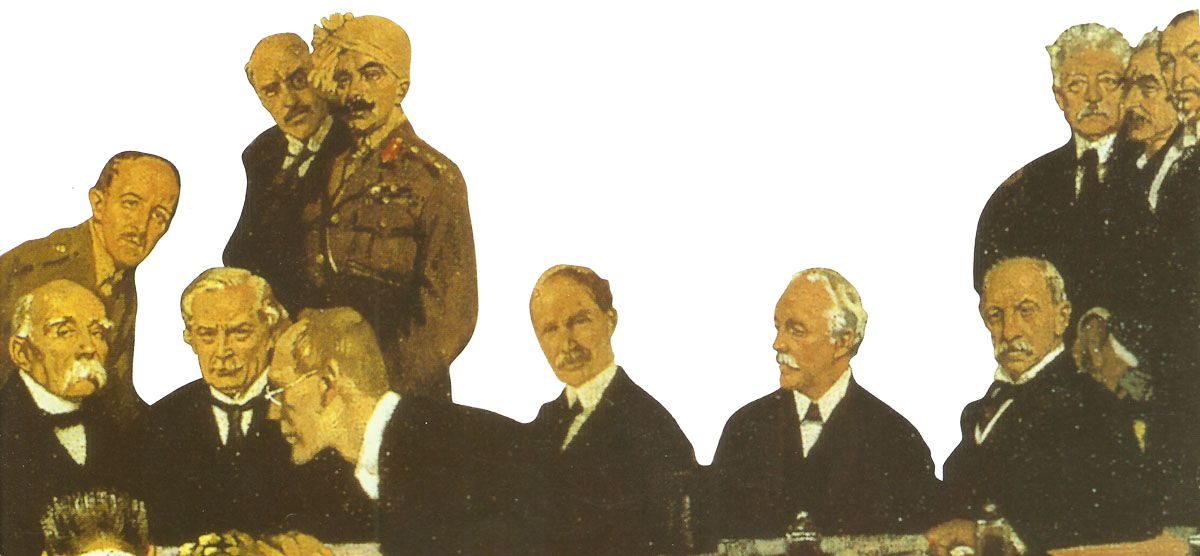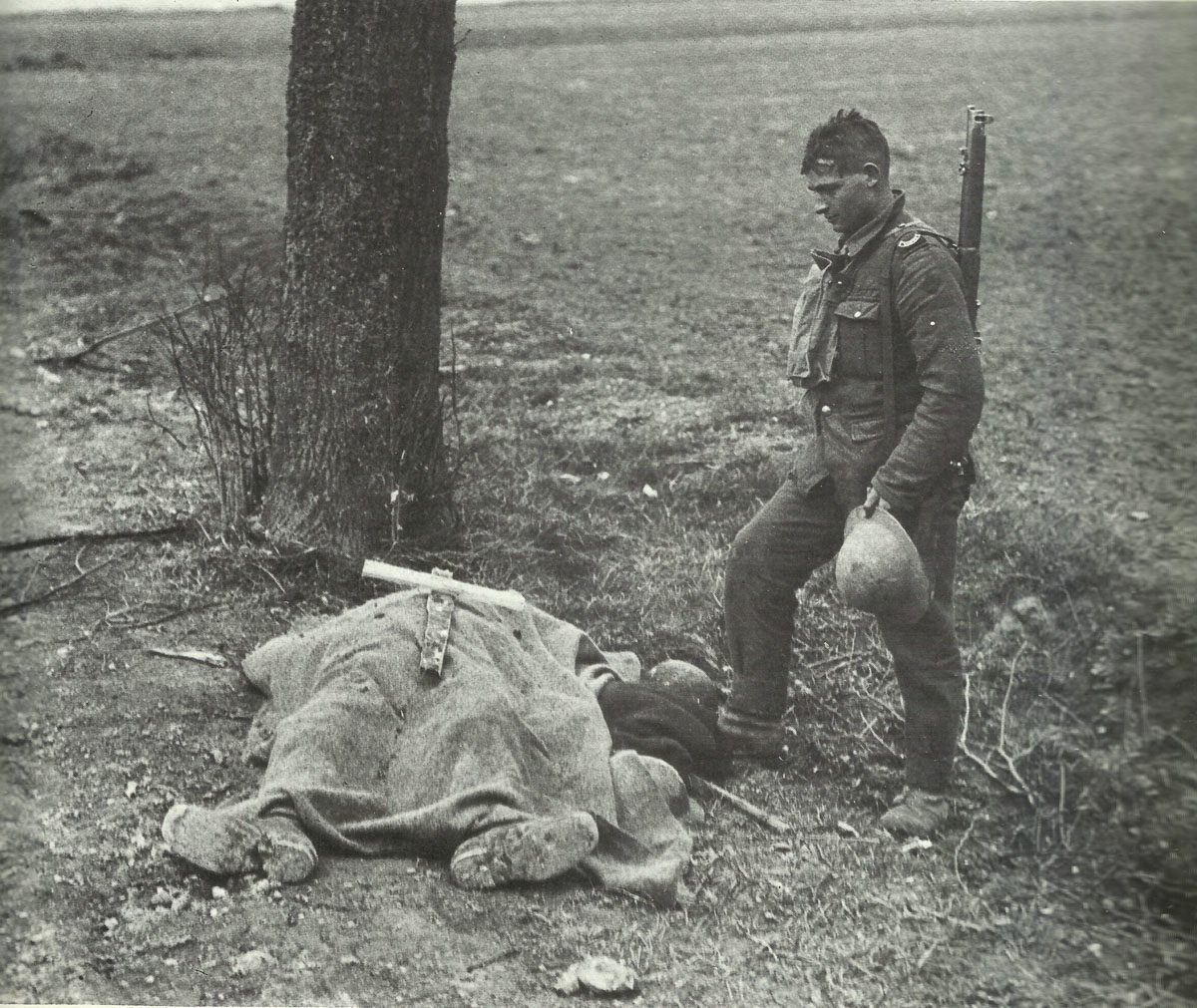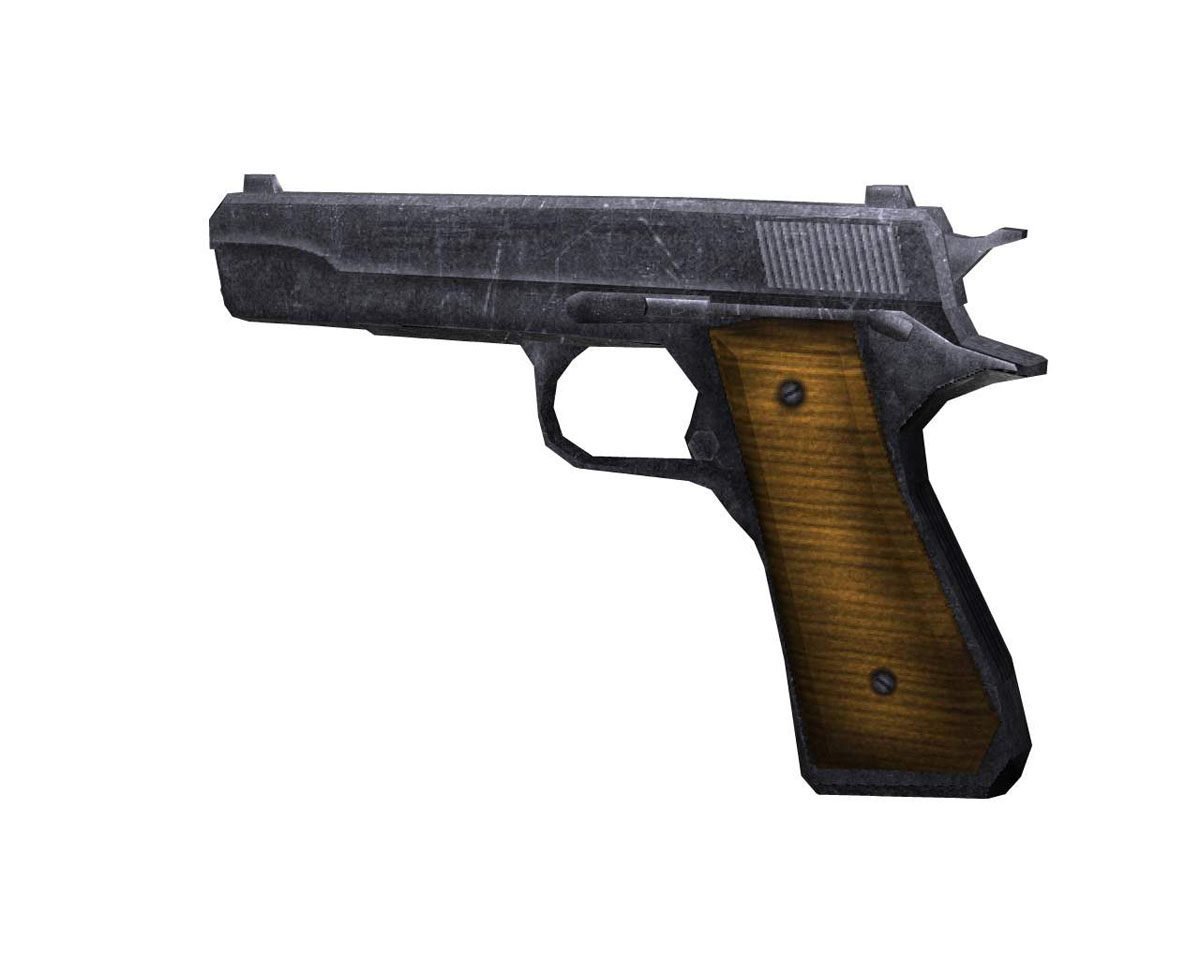German infantry rifle Mauser Gewehr 1898 from World War One.
History, development, service, specifications, pictures and model.

Mauser Gewehr 98
Table of Contents
Mauser Gewehr 1898
Type: Infantry Rifle.
The Mauser Gewehr 1898, commonly known as the Gewehr 98 or G98, is a bolt-action rifle that was designed by Paul Mauser and adopted as the standard service rifle by the German Army in 1898.
Overview
Design: It features a cylindrical bolt action with strong locking lugs and a fixed internal magazine.
Caliber: 7.92×57mm Mauser (also known as 8mm Mauser)
Capacity: 5-round internal magazine, loaded with stripper clips
Length: Approximately 49.2 inches (1,250 mm)
Weight: About 9 pounds (4.1 kg)
Effective range: Up to 500 meters (547 yards)
Maximum range: Around 2,000 meters (2,187 yards)
Sights: Rear tangent sight and front post sight
Historical significance: It was widely used during World War I and served as the basis for many other bolt-action rifles.
Variants: The design was later improved and shortened to create the Karabiner 98k, which was the standard German infantry rifle in World War II.
Legacy: The Mauser action influenced many subsequent rifle designs and is still used in some hunting rifles today.
Accuracy: Known for its exceptional accuracy and reliability.
The Gewehr 98 was considered one of the finest bolt-action rifles of its time and had a significant impact on military rifle design in the early 20th century.
History
The initial Mauser rifle accepted for German military service was the Mauser Model 1888. This utilized a Mauser bolt-action which has continued to be almost unaltered even today, however with it a somewhat dated 8-mm (O.315-in) cartridge. Studies resulted in the usage of a fresh 7.92-mm (0.312-in) cartridge, along with an innovative rifle to fire it, became called the Gewehr 1898 or Gew 98 (Rifle Model 1898).
This all new rifle was likely to be one of the popular commonly used and effective weapons of its type, and it was produced in huge numbers. Numerous subsequently rifles could find their roots back to the Gewehr 1898.
It was the ‘classic’ Mauser rifle, fine and somewhat lengthy, however well-balanced and with everything outstandingly designed and in general very well manufactured. The phrase ‘in general’ is needed advisedly, finally World War One was into its stride the specifications of production needed to be relaxed and a few somewhat harsh examples had been distributed to the soldiers.
But the majority were really well-made with excellent quality wooden furniture that was emphasized by the use of a pistol-type grip behind the trigger to aid holding as well as aiming. The initial rear-sight was a really complicated affair with sliding ramps as well as other niceties that required knowledge for successful use, however some bigger types were less difficult.
The bolt-action retained the typical Mauser front-lug locking systems, with incorporating of an additional lug to make the amount up to 3 for additional safety using the new and much more potent cartridge. The bolt utilized a straight-pull motion which was and still is somewhat uncomfortable to use rapidly and easily, however in service created only a few issues. The integral box magazine hosted 5 rounds loaded from a charger clip.
While the Gewehr 1898 was produced mostly for the German military, it was also the first step for numerous rifle designs that distribute around the globe. Spain was an initial operator of the basic Mauser action and models manufactured there differed minimal from the Gewehr 1898.
The manufacturing of Mauser models from Germany and Spain were quickly encountered worldwide in armies as far aside as China and Costa Rica. The Mauser action gathered an enviable reputation for reliability, power and accuracy, and the quarrels rage to this day whether the Gewehr 1898 and its numerous family members were the best service rifles of time.
What is confident is that during the years 1914 to 1918 the Gewehr 1898 served the German army effectively. The front-line soldiers needed to look after them, in fact this extended no further than maintaining the bolt area covered with a cloth all the time when the rifle wasn’t being used.
Some types including sniper rifle showed up with distinctive sights, including several types of optical sight, and the rifle still has the claim to fame that it was one of the very first, if not the earliest, anti-tank weapon. This occurred by the chance discovery that the armor of the first British Tank Mk I could be penetrated by the simple expedient of reversing the bullets used in the Gewehr 1898 prior to be fired: the blunt end easily punched a hole through the armor ahead of the bullet could warp.
The German rifle Model 98 has been even further perfected over the years during its production, and in 1935 replaced by the Karabiner 98k for the Wehrmacht in Second World War.
Specifications Mauser Gewehr Model 1898
Specifications:
Gewehr Modell 1898 | Specification |
|---|---|
Type | Infantry rifle |
Calibre | 7.92 mm (0.312 in) |
Lenght | 49.2 in (125 cm) |
Barrel | 29.1 in (74 cm) |
Weight | 9.26 lb (4.2 kg) |
Feed system | 5-round integral box |
System of operation | Mauser turn-bolt |
Muzzle velocity | 2,100 ft/sec (640 m/s) |

References and literature
The Illustrated Encyclopedia of Weapons of World War I (Chris Bishop)
An Illustrated History of the Weapons of World War One (Ian Westwell)
Illustriertes Lexikon der Waffen im 1. und 2. Weltkrieg (V. Dolinek, V. Francev, J. Sach)




